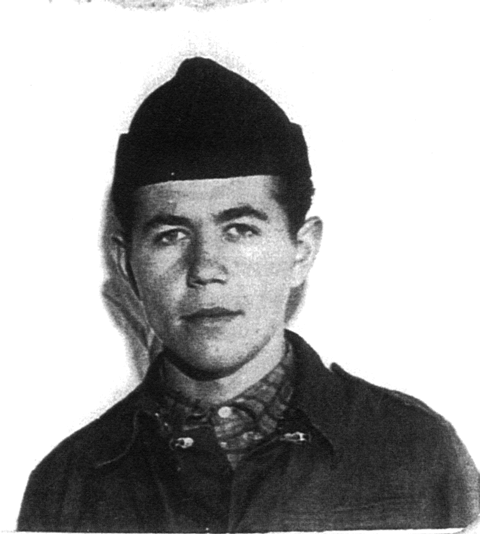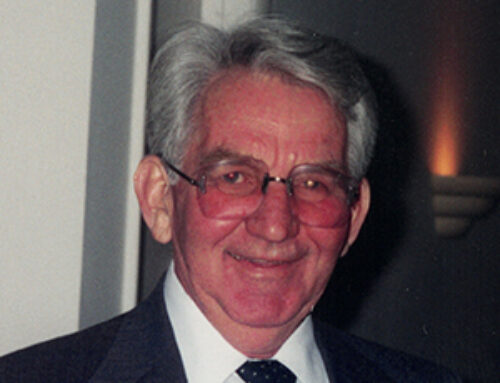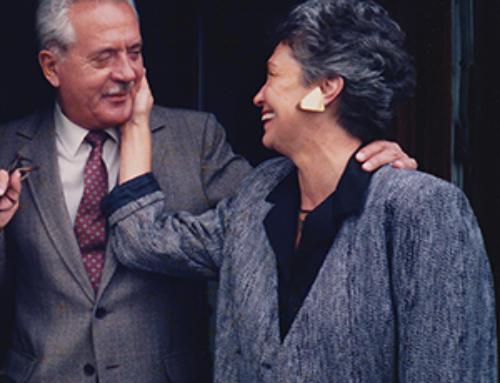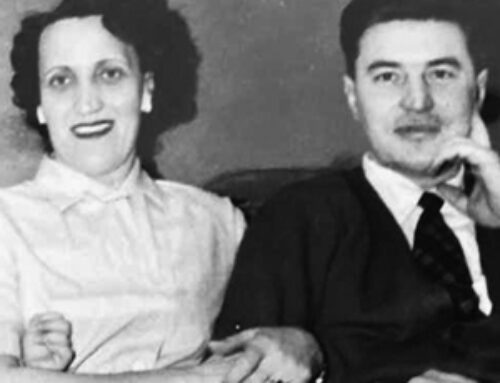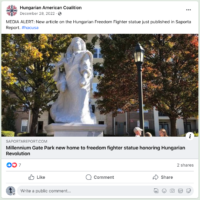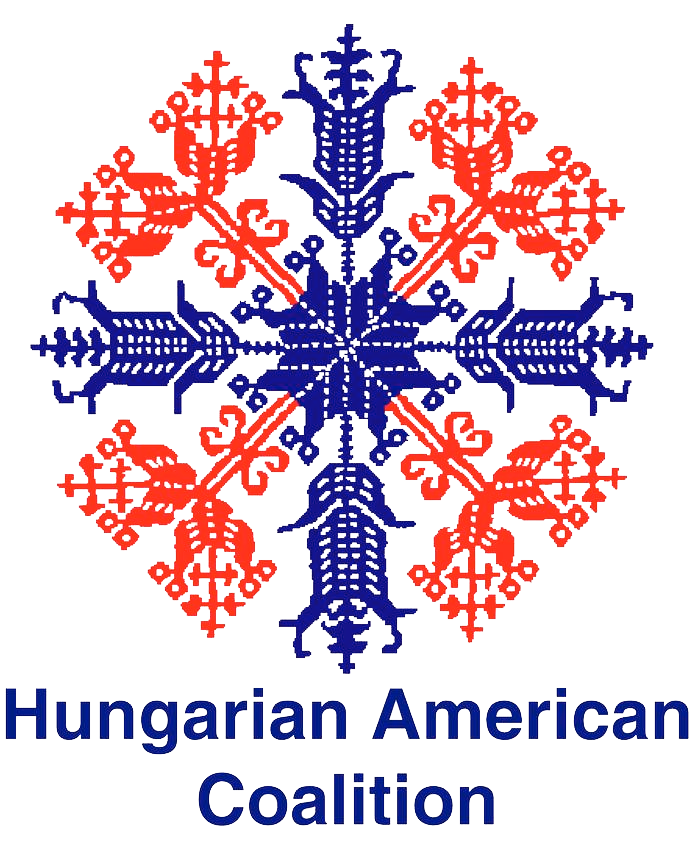Leslie László Megyeri *
Leslie László Megyeri is an active member of the Hungarian American community in Washington DC. He is both a CPA and an attorney and served as President of the Hungarian Reformed Federation of America, a fraternal life insurance company in Washington, DC. He is also a retired U.S. Army Reserve Colonel and graduated from the U.S. Army War College. He came to the United States as a refugee following the 1956 Hungarian Revolution. He and his wife Kathy reside in Washington D.C.
Ode to a Freedom Fighter
He was a teenager who lived in Budapest during the fateful days of October, 1956. He attended gymnasium in Kispest and studied hard to be a good student.
He despised the Communists for their godless ways and their hate of Hungarian customs and traditions. He hated still more the occupying Soviet Army who terrorized the population since 1945.
He feared the secret police who tortured Hungarians just because they voiced the wish to be free. He hated traveling across town to attend church on Sundays to avoid recognition by the local police and subsequent punishment for worshipping.
He read history books of the heroism of Hunyadi and Kossuth. He often recited the Petöfi poem that states,
“Stand up Hungarians—Your country is calling,
The question is ‘Do you want to be slave or free’?”
He attended the funeral of László Rajk on October 6, 1956 when 200,000 attended in the cold, soaking rain and shrieking winds to pay their respect for the victim of terror.
On October 23rd, with many other students, he gathered in front of the Bem statute in Buda to support the Polish rebellion against the Communist regime. That same day, he demonstrated in front of the Hungarian radio building when shots were fired at the peaceful demonstrators by the police.
He marched to the front of Parliament on the eve of October 23rd with 200,000 others who heard the reformer, Imre Nagy, speak to the assembled.
At fifteen years of age, he followed his father and took up arms to fight the Communists and the Russian occupiers. Miraculously, the Russians withdrew, and the Hungarian Army disarmed. He was jubilant that freedom triumphed.
He witnessed the complete collapse of the Hungarian Communist regime and the withdrawal of Russian occupiers. But he wondered why the Free World was focused on the closure of the Suez Canal and the British and French conflict with the Egyptians.
He believed the rumors that the Russians were amassing to return and squash the newfound freedom. And he trusted Radio Free Europe when they announced that help was on its way.
He again witnessed the attacks by Soviet tanks on a foggy, damp and frosty early Sunday morning, November 4. By firing his rifle, he tried his best to stop the tanks from rolling to the center of Budapest on the main road leading from Ferihegy, Budapest’s airport.
He was among the 10,000 Freedom Fighters who had no chance of winning against the overwhelming Soviet ground troops and their tanks. But he was lucky not to be among the 3,000 dead and 20,000 wounded who fought so desperately for independence. And, fortunately, he was not among the 20,000 individuals condemned, of whom 229 were executed, by the Kádár regime.
Instead, he was among the 200,000 Hungarians who fled to Austria and freedom. He was welcomed by the democratic world and thus, he had found his answer to Petöfi’s question, “Do you want to be a slave or free?”
He came to America and found freedom and happiness. His independent and patriotic spirit was renewed in his new country. Forty-eight years have elapsed, but that Hungarian Freedom Fighter is still alive and strong today.
I am that Freedom Fighter!

